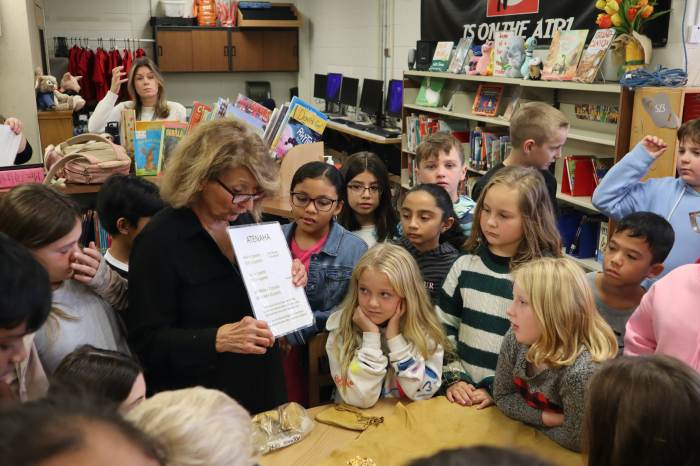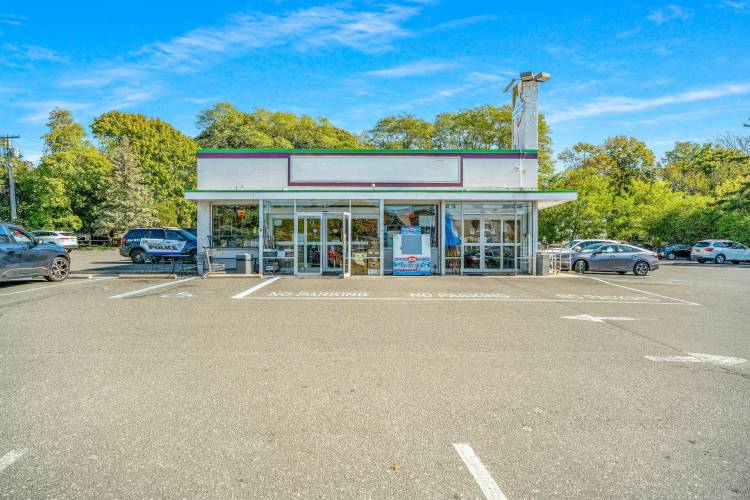 If a person was looking for information on Levittown, they would type the name into Google and two locations will pop up: Levittown, PA, and Levittown, NY. The latter Levittown was created for veterans coming home from war. It was a quiet suburbia to raise a family and build a life post-war in a Levitt-style house.
If a person was looking for information on Levittown, they would type the name into Google and two locations will pop up: Levittown, PA, and Levittown, NY. The latter Levittown was created for veterans coming home from war. It was a quiet suburbia to raise a family and build a life post-war in a Levitt-style house.
As for the separation of the town, it’s broken down into two districts and libraries: the Levittown Public Library and Island Trees Library and Levittown Public Schools and Island Trees School District. Levittown Historical Society president Paul Manton shed some light on the fact that many outsiders do not know that Island Trees is not a town.
“The name Island Trees first appeared on a 1747 land deed between the Weeks and the Seaman families and refers to a landmark called ‘the Island of Trees,’ an ancient grove of pitch pines that grew at the northeast corner of Hempstead Turnpike and Jerusalem Avenue northwards to about where Mallard Road is today, until 1948,” said Manton, adding that it was named so as the surrounding land was part of the open country of the Hempstead Plains, it appeared as an isle of trees in a sea of grass. “The name was used for the general area as an informal place-name, until the area officially became part of Levittown on Jan. 1, 1948.”
When land was sectioned, land to the south was called Jerusalem, corresponding with what is now southernmost Levittown and northernmost Wantagh and derived from the Jerusalem Purchase of 1664 between John Seaman and Takapausha of the Massapequan Indians.
Manton noted that as Jerusalem developed into a Quaker settlement in the 17th century, the Island Trees portion of Levittown remained open land for farmers.
“The first person to ever own land in this section of Levittown was John Strickland, whose 1648 grant endowed him with about 200 acres of meadow; an area bounded by the town line to the north, Hempstead Turnpike to the south, Hicksville Road to the east, and a creek that ran alongside what’s now Bloomingdale Road to the west,” he said. “The town line, now the Levittown/Hicksville boundary and, therefore, the Town of Oyster Bay and Town of Hempstead boundary as well, was derived from the 1648 treaty between the Quaker Robert Williams and Pugnipan of the Matinecock Indians.”
When Williams’ daughter, Elizabeth, married John Seaman, Williams gave the newlyweds the parcel of land as a wedding gift. When the Long Island Rail Road arrived at Hicksville in 1837, large portions of the future Island Trees section of Levittown, as well as northern portions of what’s now the Levittown School District, were held as common land until Alexander Stewart’s purchase of 1869.
“There was intermarriage and land exchanges between the German and Irish families and the older families of English Quaker stock in the middle of the 19th century and we can, in part, gauge just how far southwards the former were beginning to spread by considering that in 1856, the German Methodist Episcopal Church was established on Wantagh Avenue,” said Manton. “Today it is called St. John’s of Jerusalem and is the oldest extant structure in our community.”
According to Manton, the Jerusalem School district was founded in 1814 and “became the nucleus of the future Levittown School District.”
“The Hicksville School District was founded in 1853, but by the 1890s, some children lived too far north to go to the Jerusalem schoolhouse (now the 1876 Little Red Schoolhouse near Salk and MacArthur) and too far south to go to the Hicksville schoolhouse,” said Manton of how school zones were regulated. “In 1902, the Island Trees School District was established with its schoolhouse erected the following year on Hempstead Turnpike. This gave the Island Trees place-name some degree of officialdom, but only as a school district.”
Although it has no entity as a village, post office or local government, Island Trees is only a library and a school district, but if you talk to people who live in the area, they will proudly tell you they are from Island Trees.

























